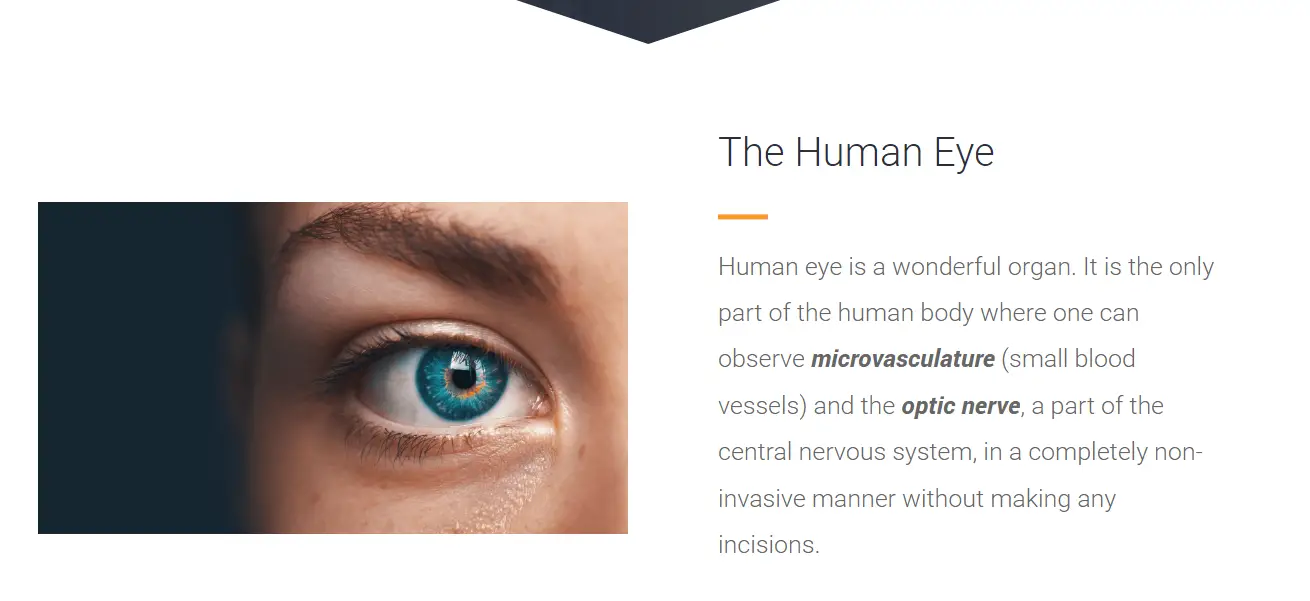
What You Should Know:
– Vision Loss Rehabilitation Canada (VLRC) and Eyenuk, Inc. launches of VLRC’s Eye Health Screening Initiative to screen rural, remote and Indigenous populations in Northern and Eastern Ontario for diabetic retinopathy (DR), the leading cause of blindness among working-age adults, using Eyenuk’s autonomous AI technology.
– VLRC is training local community providers to use the EyeArt technology and plans to scale the program across Canada to proactively reach every Canadian with an increased risk of DR
Improving Access to Healthcare Via AI-Driven Health Screening
Diabetic retinopathy is the most common form of diabetic eye disease and is the leading cause of blindness in adults aged 20–74. In Canada, 750,000 people have DR and the economic impact on the healthcare system is $1.2 billion annually. With early detection, timely treatment and appropriate follow-up care, the risk of vision loss can be reduced by 95 percent. Individuals living in remote and geographically isolated areas, indigenous communities and vulnerable populations are at risk for diabetes and DR due to a lack of appropriate resources close to home. Availability of primary health care is often reduced, and access to secondary and tertiary care can be challenging or non-existent.
VLRC aims to address the problem by making DR screening easily accessible in even the most remote locations with a care-closer-to-home approach utilizing trusted community providers. VLRC plans to provide 2,700 DR screenings over the next year in two of Ontario’s five regions.
Eyenuk’s EyeArt® AI Eye Screening System is the first autonomous AI technology licensed by Health Canada for the detection of DR. The ease of use and portability of the EyeArt system is key to the program’s goals. EyeArtprovides automated DR screening without the need for expert human operation, grading or eye dilation. That means imaging, grading, and reporting the results can be completed by virtually anyone with minimal training and without the need for an eye care specialist. The EyeArftsystem autonomously analyzes a patient’s retinal images, detects signs of disease and creates a report in less than 30 seconds compared to a traditional screening that can take days or even weeks to complete. Patients with positive results are referred to an ophthalmologist for care.
Current partners include more than a dozen community organizations including the Indigenous Diabetes Health Circle (IDHC), Riverside Healthcare, WNHAC, and Atikokan. The program provides increased awareness, access to screening, coordination of care and vision rehabilitation. The screening will provide early detection which is key to reducing complications and improving health outcomes.
Before the introduction of VLRC’s Eye Health Screening Initiative, McGee said eye screens had to be done by a trained technician and every photo had to be reviewed by an ophthalmologist. Utilizing EyeArt’s AI screening system, only positive screens are being reviewed by ophthalmology, increasing both the cost-effectiveness of the program and ophthalmologists’ capacity to review more screens for the patients who need it the most. VLRC will be studying the impact of bringing screening to remote areas and will identify communities over the next year where the program can have the biggest impact.
“We at the Indigenous Diabetes Health Circle (IDHC) are pleased to support, co-develop and endorse VLRC’s Eye Health Screening Initiative to screen rural, remote and Indigenous populations in Northern and Eastern Ontario for diabetic retinopathy (DR), the leading cause of blindness among working age adults, using Eyenuk’s autonomous AI technology and led by trusted Indigenous community providers,” said Roslynn Baird, Executive Director for IDHC. “IDHC is aware that Indigenous communities residing in remote and geographically isolated areas are at risk for diabetes and DR due to lack of appropriate resources close to home. This partnership between VLRC, IDHC and with local Indigenous community organizations provides culturally appropriate care, detects diabetic retinopathy in 30-60 seconds and prevents vision loss and blindness. It is an honour to recognize and care for our sacred gifts, especially our eyes.”